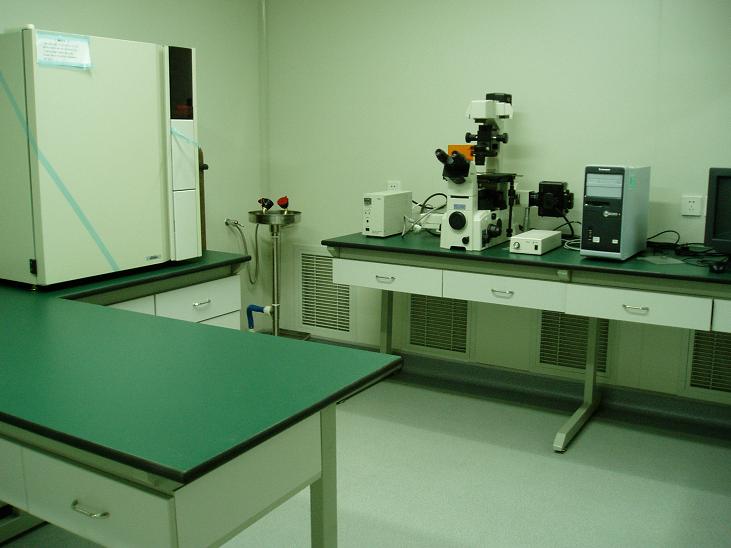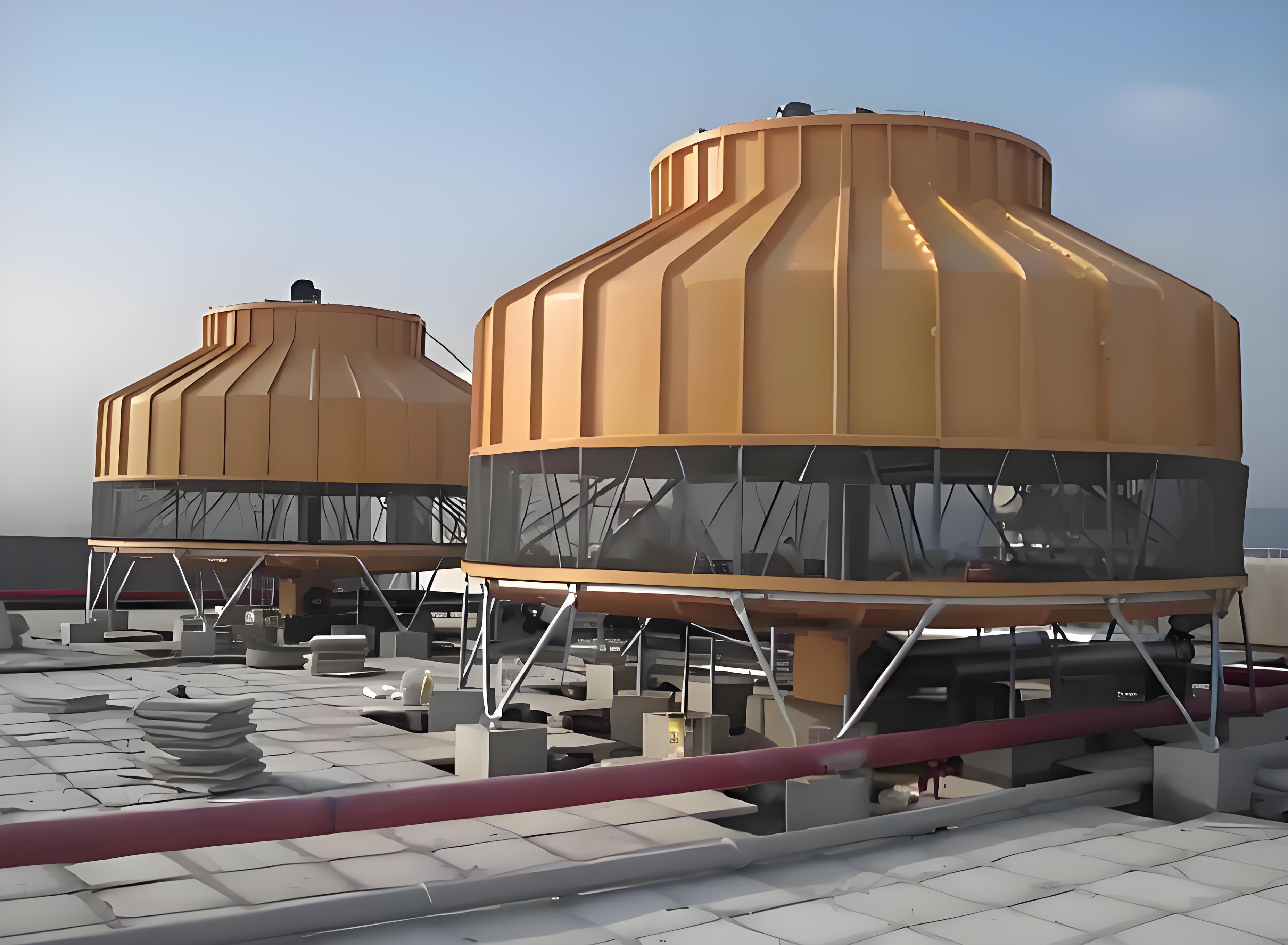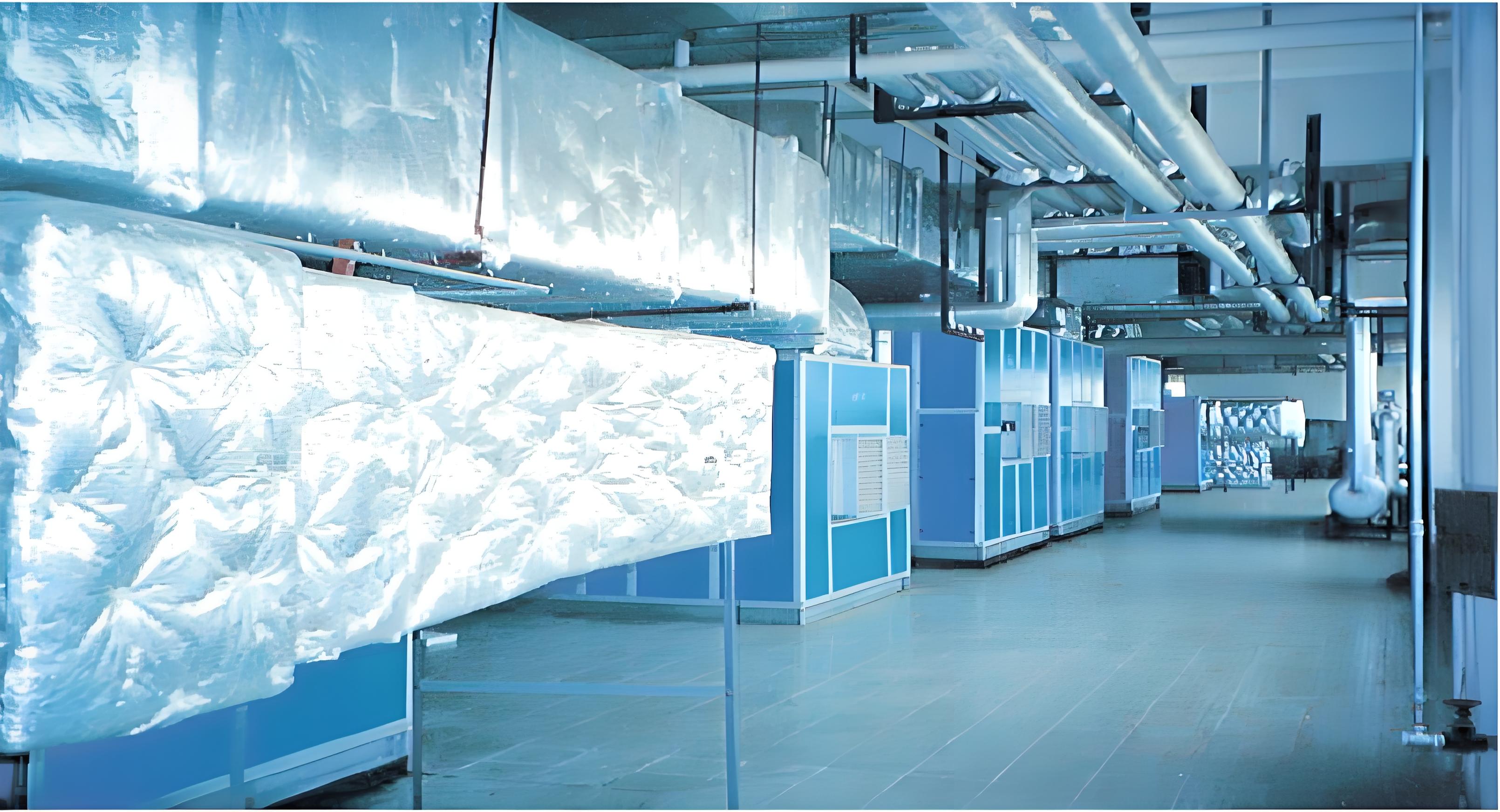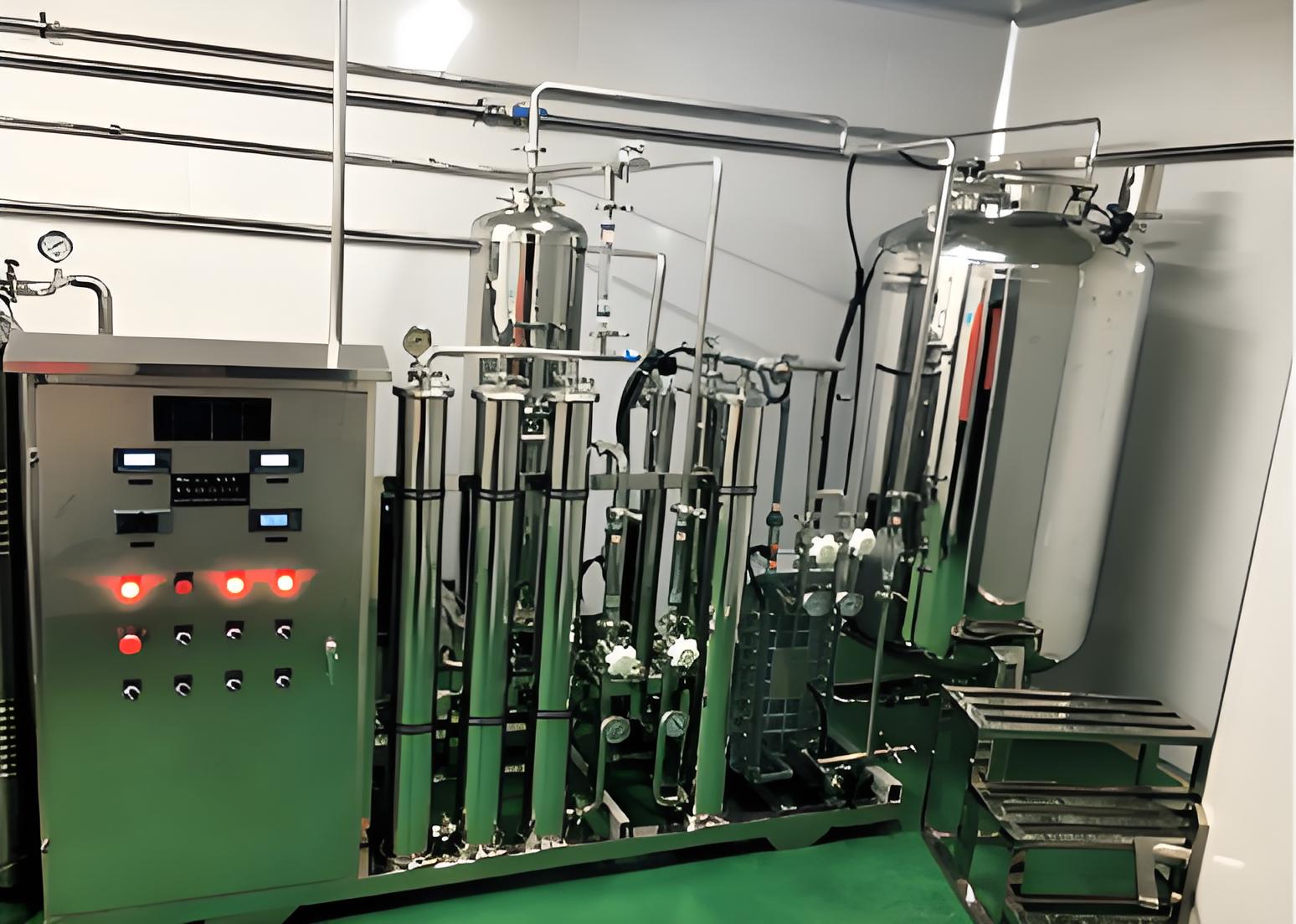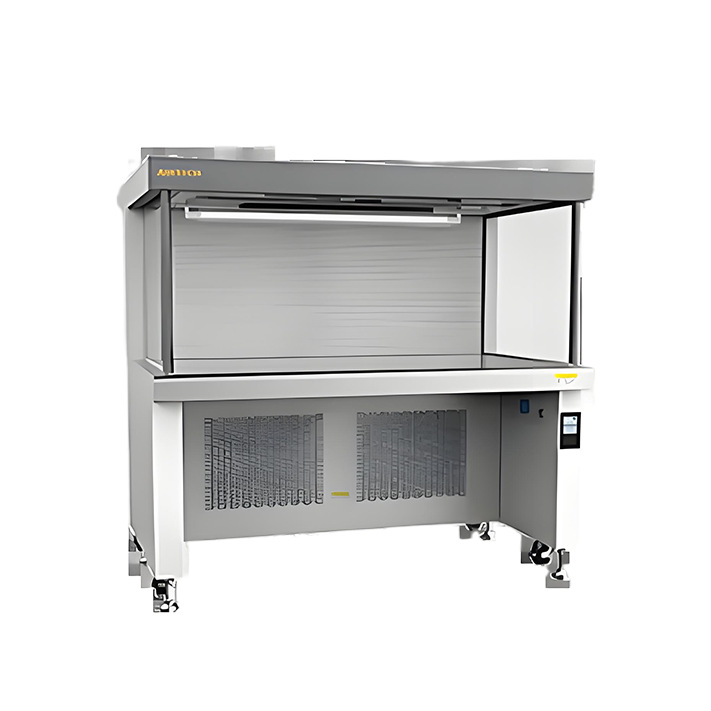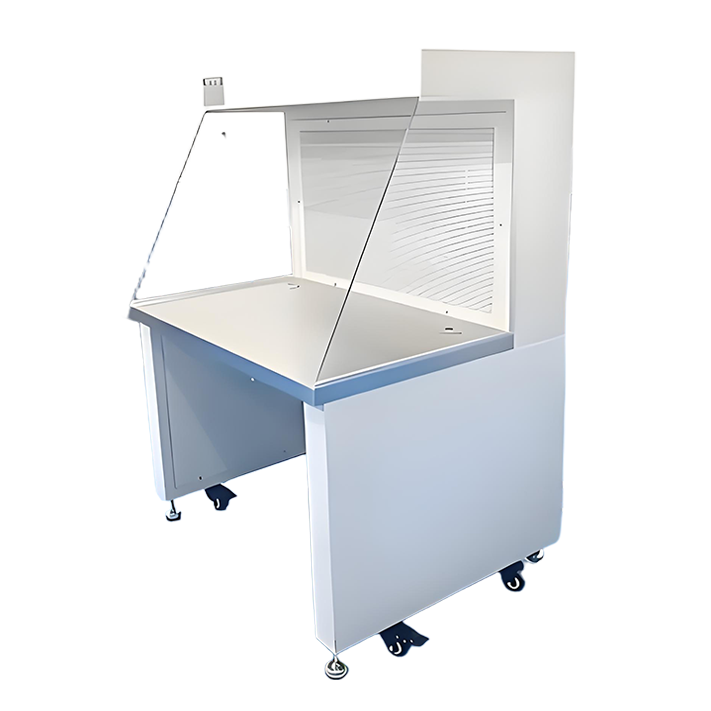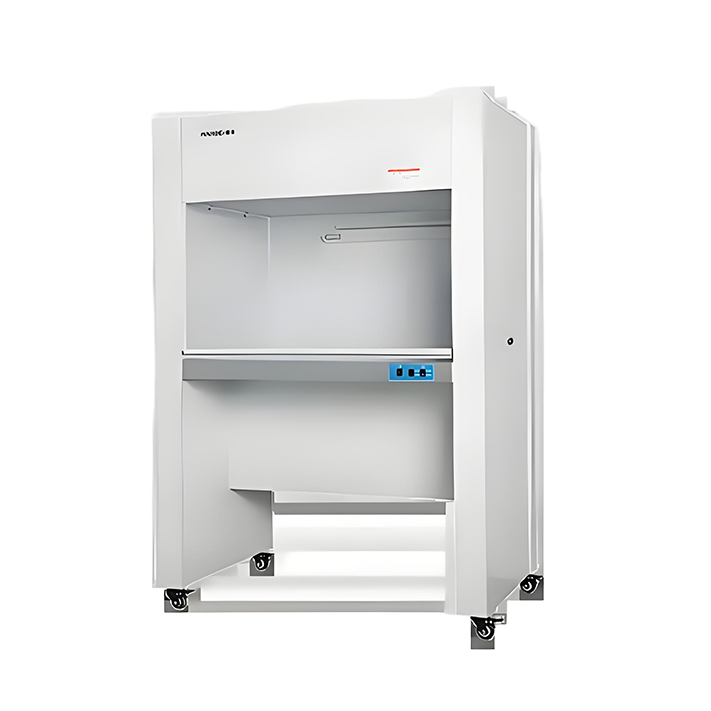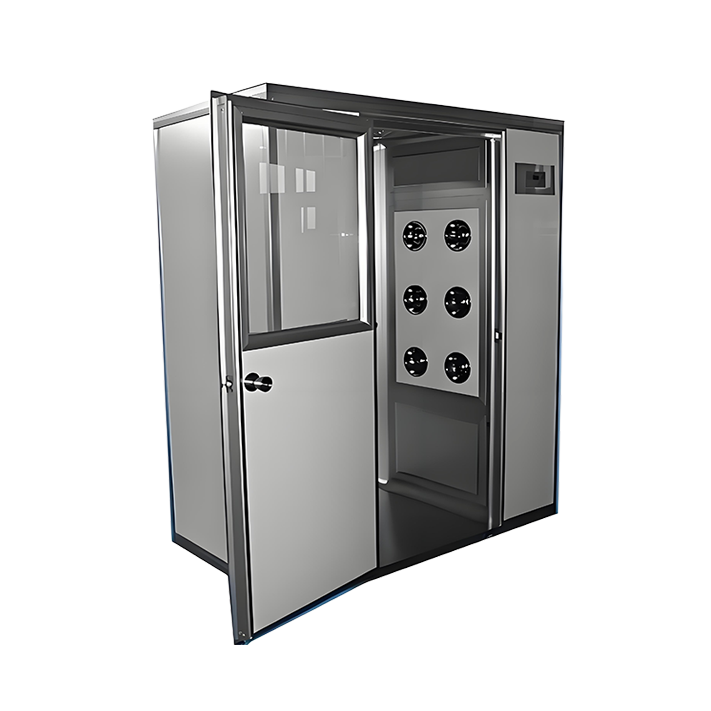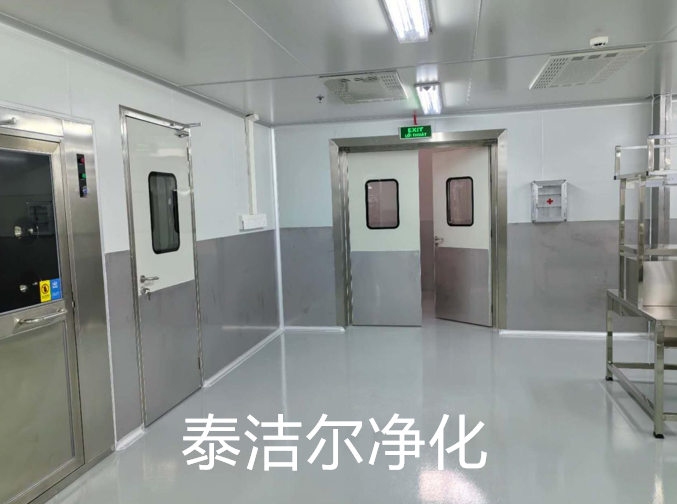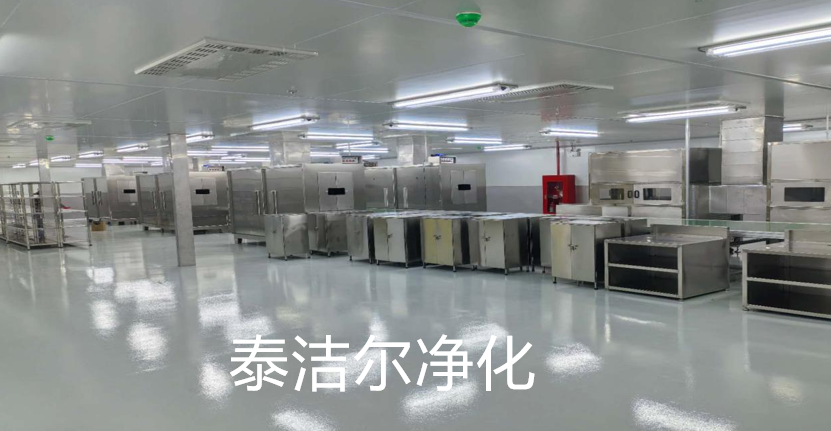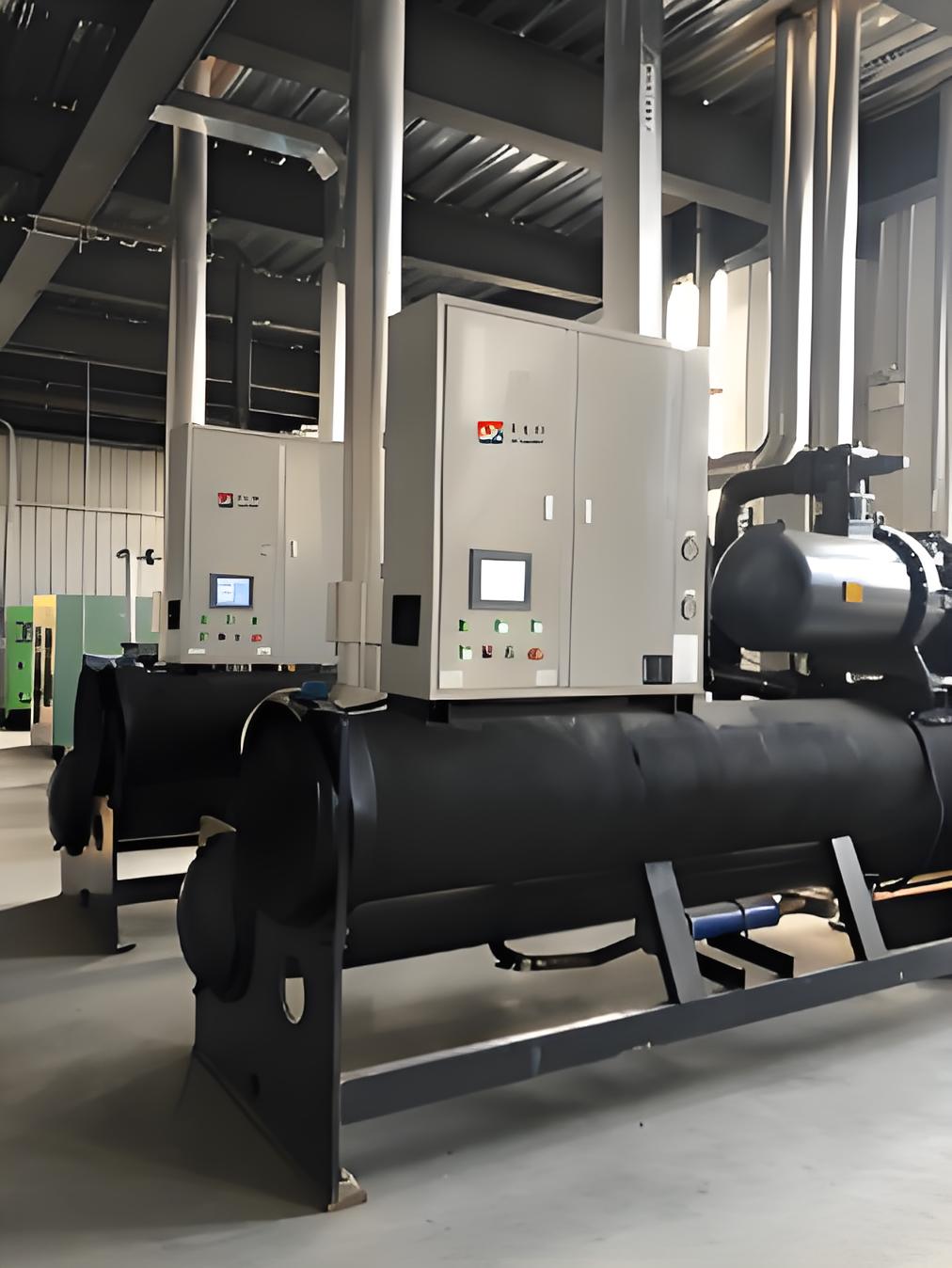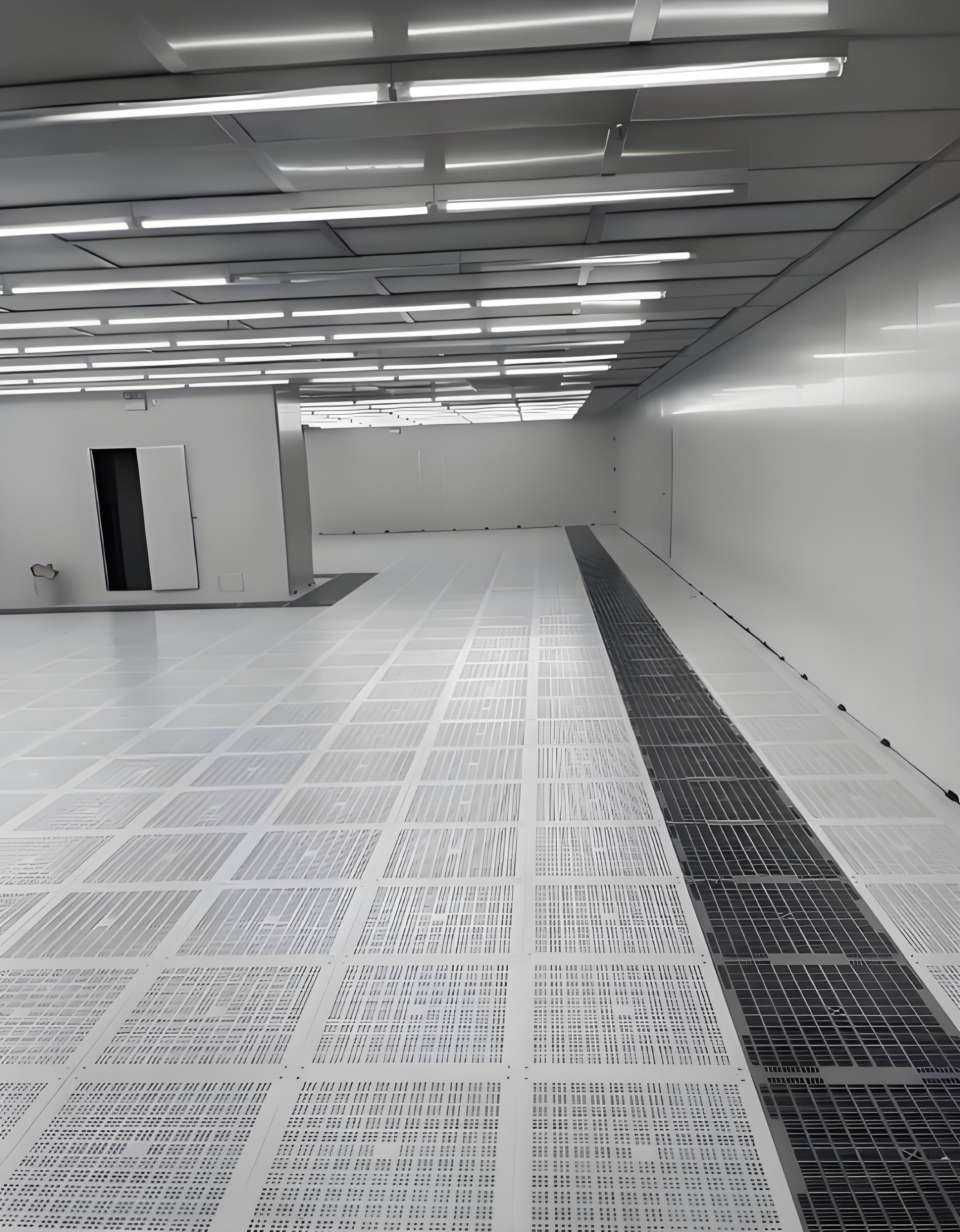The technical design of laboratory hygiene primarily serves public health, mainly involving inspection items required by the state, such as food and daily necessities, for example: microbiological testing, hygiene testing, etc. Secondly, it includes emergency response items for unexpected events, such as disease outbreaks, infectious diseases, etc.
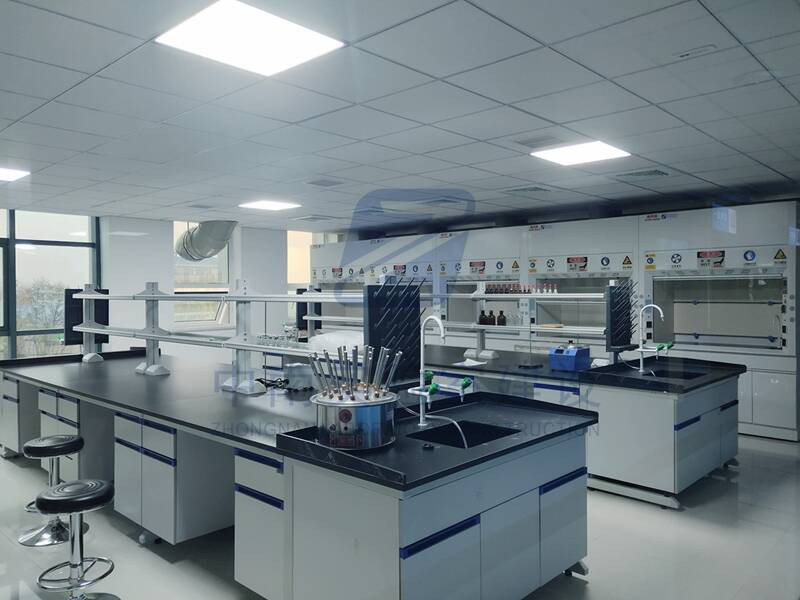
I. Efficient use of laboratory space
Based on the scope of work, reasonably allocate the area and number of laboratories for each department. In addition to setting up specialized laboratories for specific departments, it is advisable to centralize general and similar laboratories to reduce the number of rooms and area, making the most of limited space.
II. Rational application of management and resources
Laboratory equipment, especially expensive instruments, can be centralized, and laboratory personnel can be reasonably assigned to maximize the efficiency of energy-intensive laboratories. Centralizing specialized laboratories will facilitate management and improve the accuracy of experimental data.
III. Reserve space for development
By establishing shared laboratories and unified management, the efficiency of these rooms can be improved while saving on the number of rooms and area, thereby reserving space for future experimental projects.
IV. Emergency preparedness
Due to the unique nature of CDC, in addition to completing daily planned inspections, it must actively respond to local emergencies. However, since these events are unpredictable, the inspection items and quantities vary. Establishing related shared laboratories will facilitate adjustments to the entire experimental system when emergencies occur.
V. Centralized management to improve quality
Centralized management, especially unified specialized management of laboratories with high requirements for negative pressure and hygiene, can reduce the likelihood of errors in the experimental environment. At the same time, establishing shared laboratories facilitates the preparation and implementation of SOPs, improving the accuracy of experimental data.
VI. Energy and technical cost savings
Typically, using laboratories with high environmental requirements increases energy consumption and technical construction costs. For example: air conditioning rooms, duct installation, additional control systems, etc. Centralizing these laboratories can reduce the number of air conditioners, the size and length of ducts, and the investment in control systems, thereby significantly lowering the daily operating costs of these systems.
